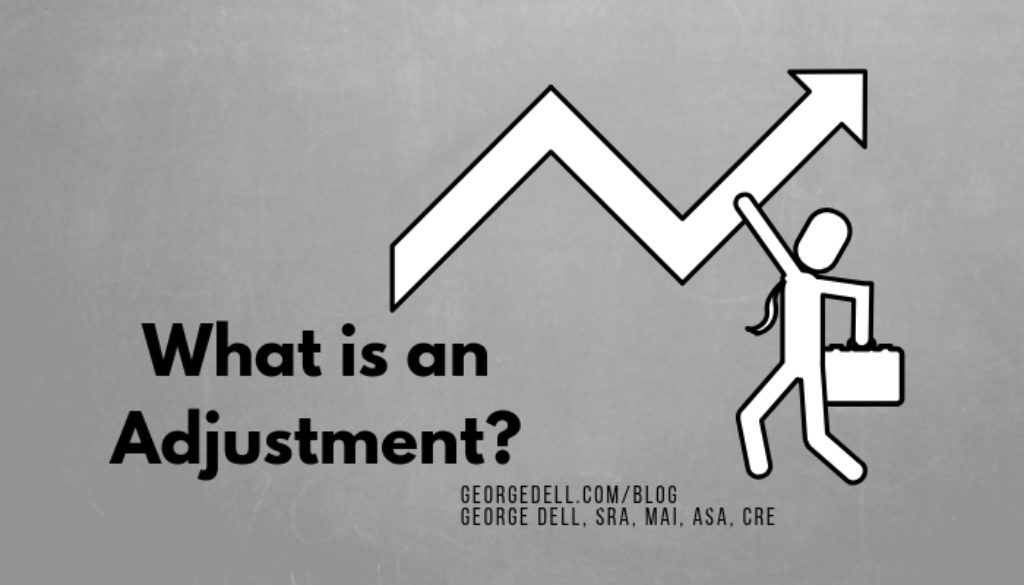Make an adjustment. Support it. What does USPAP say? Nothing. It’s not in the integrity standards. It’s not in the performance standards.
What does the AI Dictionary of Real Estate Appraisal say? It doesn’t define it. However, it does explain the result of adjustments: “Mathematical changes made to market data to facilitate comparison of understanding.”
So, an adjustment helps you compare, even if you don’t know what one is. Here’s the problem . . . We don’t know what one is, but we all know what it does!
The Appraisal of Real Estate 14th ed. p. 46 does note that there are two types of adjustment: qualitative and quantitative (where you cannot calculate the adjustment). It gets worse. On page 91 it uses the term “supportable adjustments.” This seems to imply that you can make an adjustment if it were supportable, you just choose right now (for some reason) to not support it! This sentence goes on to say these hypothetical adjustments are “providing the most credible evidence of market value.” [emphasis added]
“Trust me. I could support this if I wanted to.” Trust me. I could. I really could. I just don’t want to right now.
We see a lot of words like: “derive adjustments,” or “refine adjustments,” but nothing on how to estimate an adjustment. Until we get to page 275, in the chapter on statistical analysis. It says:
“A simple linear regression model can be used to estimate the influence of a particular characteristic with significant statistical reliability when an adequate supply of data is available.” [All emphases added]
Let’s look at this. This is problematic.
- What if the data influence is not linear? (It seldom is.)
- What is “significant statistical reliability”?
- What is an “adequate supply of data”?
But wait! Reliability gets worse . . .
In The Dictionary of Real Estate Appraisal, 6th ed. (Appraisal Institute) provides two meanings. One says it is “trustworthiness … worthy of belief.” The second gets technical: “In statistics, consistent performance.” (This means getting the same results with repeated trials). It goes on:
“Note that reliability does not mean unbiased because an instrument or measure is considered to be reliable (but invalid) if it returns the same, although inaccurate (biased) result each time it is used.”
I think we have this solved! Be believable. Be consistent. Do it over and over. It doesn’t matter if it’s invalid, inaccurate or biased. Whew!
(Each of these three issues are discussed in depth in upcoming issues of TAAR (The Asset Analyst Report©). You may also consider my prior journal articles published in The Appraisal Journal which address these issues.)
